 On Sunday, 28 October 2007, 55 men from all sections of Melbourne’s frum community participated in an over-subscribed bus tour of its early Orthodox life. The tour was part visual and part virtual as a number important historic buildings no longer exist.
On Sunday, 28 October 2007, 55 men from all sections of Melbourne’s frum community participated in an over-subscribed bus tour of its early Orthodox life. The tour was part visual and part virtual as a number important historic buildings no longer exist.
Jewish life in Australia began in 1788, when at least eight Jews were amongst the 751 convicts transported from Great Britain in the First Fleet.
In the following 150 years, Jewish life was essentially Anglo-Orthodox. Ministers were typically graduates of London’s Jews’ College, and Synagogues were modelled on the United Synagogue with the Chief Rabbi of the British Empire being the ultimate religious authority.
However, an influx of Eastern European Jews in the 1920s saw Carlton (the area of first settlement for the Jewish community and the local, but very much smaller, equivalent of New York’s Lower East side and London’s East End) become a traditional, autonomous Kehillah with an all embracing synagogal, juridical, educational, cultural, political and commercial network.
Many otherwise well informed people – including Orthodox Melbournians themselves – are unaware of this and believe that Orthodoxy did not truly begin in Melbourne (and Australia) until large scale post-WW2 Jewish migration. This may well be due to the fact that only a small number of those earlier settlers have descendants who have remained observant.
Participants of the tour learned of Rabbi Avrohom Eber Hirschowitz (1838 – 1924), who founded Chevra Torah in 1892 and who was the first person in Responsa literature to discuss the Halachic implications of crossing the International Date Line – a phenomena which personally happened to him on no less than three occasions. He also discussed the propriety of the Antipodean custom of omitting the references to rain in the Shemoneh Esrei during the Southern winter (Beth Avrohom, Jerusalem, 1908).
The towering Rabbinic figure of the time, and one of Australia’s greatest-ever Rabbis, was Rabbi Joseph Lippman Gurewicz (1885 – 1956), who, in 1930, visited Melbourne as part of an international journey on behalf of the Lithuanian Va’ad HaYeshivos. He made a profound impression on Carlton Jewry and a mass meeting was convened to discuss ways and means of keeping him in Melbourne permanently. In 1932, Rabbi Gurewicz returned to Melbourne as the Rabbi of the Carlton United Hebrew Congregation. Rabbi Gurewicz was a respected talmid of Rabbi Chaim Ozer Grodzinski and corresponded with some of the leading Rabbis in Eastern Europe and Eretz Yisroel. Dissatisfied with the standards of the Melbourne Beth Din, in 1937 he founded his own Beth Din, which continued until his passing in 1956.
Of particular interest to the members of the bus tour was to learn that on 31 January 1943 (27 Shvat 5703), Rabbi Gurewicz convened a meeting of 21 men in his home who undertook for the first time in Australia to complete Shas, and to do so within a year. Also uniquely in Australian Jewish history, soon after his arrival, he arranged a Hetter Meah Rabbonim.
Another influential personality was Rabbi Chaim Dov Ber Silver. Rabbi Silver (1912 – 1996) was born in Liverpool and had been studying initially in Telz and later in Kelme when WW2 began. With the help of British consular staff, in 1941, together with a group of eight other Yeshivah students – including Rabbi Nosson Zvi Wachtfogel (later to become the Mashgiach of the Lakewood Yeshiva) – he escaped to Australia via Siberia and Hong Kong. While most of the group later left for the USA, Rabbi Silver decided to stay in Australia, as did Rebbetzin Bluma Dessler and her daughter who had also travelled with them, having been visiting relatives in Lithuania when WW2 began. (They were only reunited with Rabbi Dessler after the war). Rabbi Silver was an excellent pedagogue and in his nine years in Melbourne devoted himself wholeheartedly to his students. He successfully encouraged a number of them to study in Yeshivos abroad.
The tour was the brainchild of communal askan Mr David Havin, a prominent barrister and member of the Adass Israel Kehilla. He invited the well-known bibliophile and historian Rabbi Shimon Opman, a Maggid Shiur in Adass and head of Machon Adir and Mr David Stone, a great-grandson of Woolf Davis, one of Melbourne Orthodoxy’s outstanding pioneers, to join him in organising the tour and providing the commentary.
By general acclamation, the day-long tour was a resounding success. Reminiscences by participants who lived through the era added to the atmosphere. The tour finished with lunch and Mincha at the East Melbourne Shul “Mikvah Yisroel” – one of the city’s oldest Synagogues (see the attached photograph).
To coincide with the tour, Mr Havin wrote and published a very interesting and informative book, Orthodox Jewry in Carlton and Surrounding Suburbs, which was given to each participant. The 220 page book is in two parts. The first section is a history of the various Shules, Shtieblach, Batei Din, Chevra Kadisha and other institutions in Carlton and the surrounding areas – where today there are virtually no Jewish inhabitants. It includes two coloured maps, drawn to scale, showing the exact addresses of places of Jewish interest in Carlton and the environs.
The second section is a collection of 22 topical extracts from books, journals and newspapers, and which include:
·Even Saphir, by Rabbi Jacob Saphir, in which he recorded his impressions of Australian Jewry during his visit in 1861 (Hebrew);
·Beth Avrohom, by Rabbi Avrohom Eber Hirschowitz, in which he discussed the propriety of the Antipodean custom of omitting the references to rain in the Shemoneh Esrei during the Southern winter (Hebrew); and,
·Historical monographs from various sources including the Australian Jewish Historical Society Journal and the Australian Jewish News (all in English).
The initial printing sold out on the first day and a second edition will be available shortly. The cost is $A40 plus postage. Anyone interested in obtaining a copy can e-mail: [email protected].
Photos: Tour participants in the 150-year-old East Melbourne Shul “Mikveh Yisroel”, where they davvened Mincha.
PHOTO CREDIT: ANDREW HARRIS

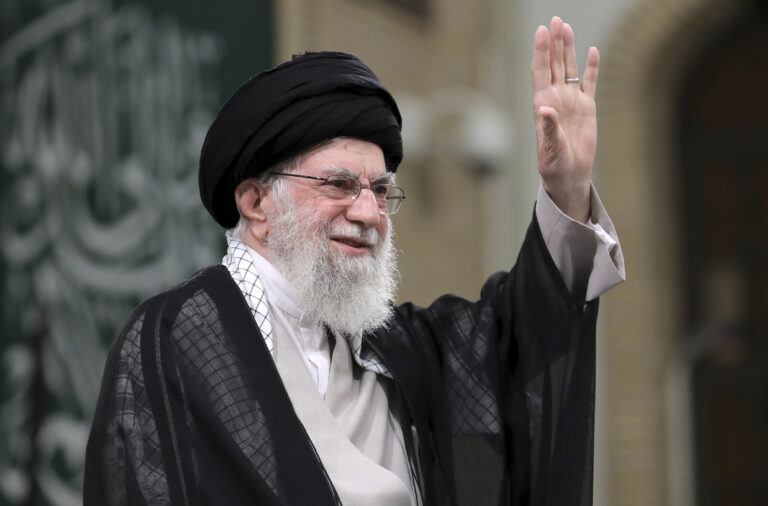
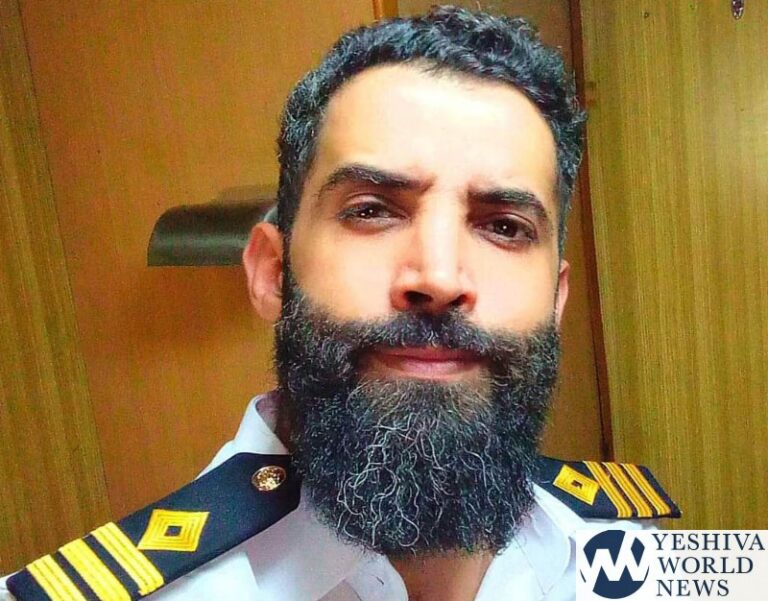
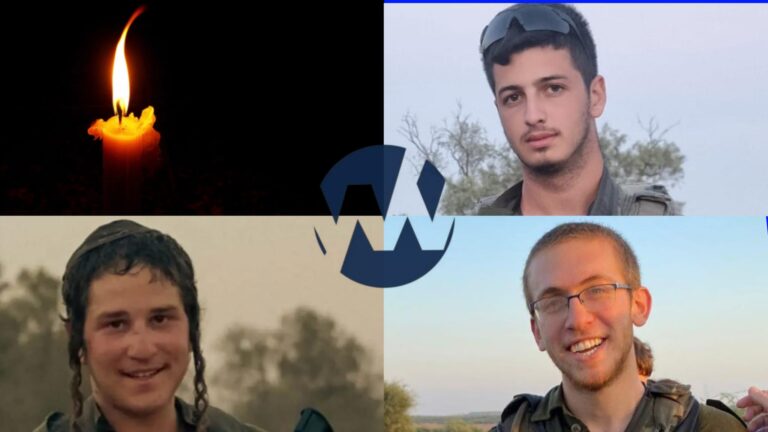

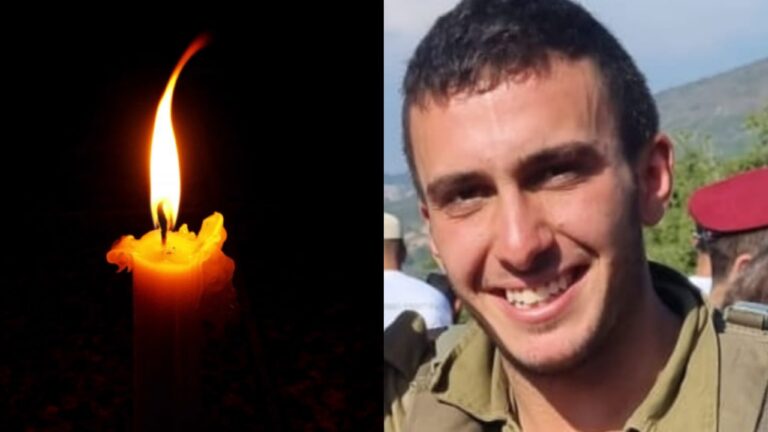
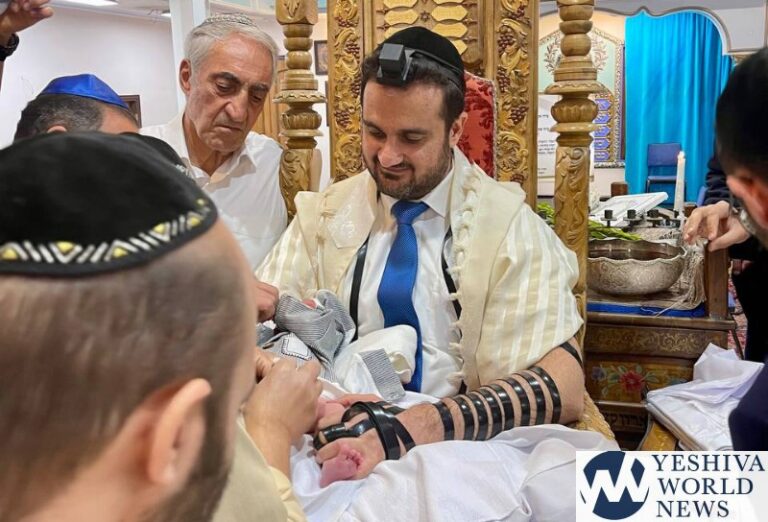
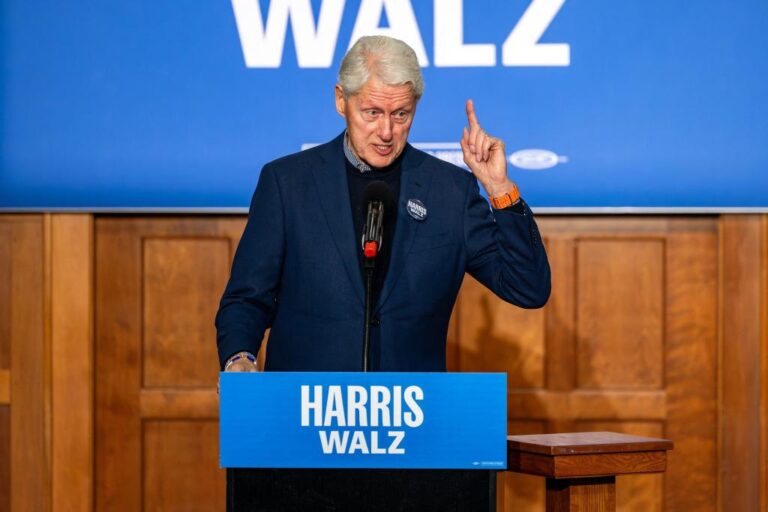


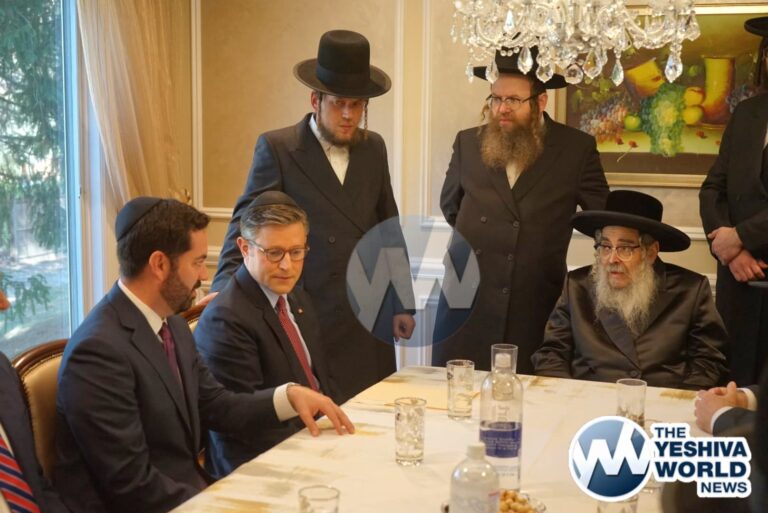
4 Responses
Fascinating, thank you very much!
Super reading- thank you!
great article.
So the biggest yachsonim in Australia are direct descendants of convicts?